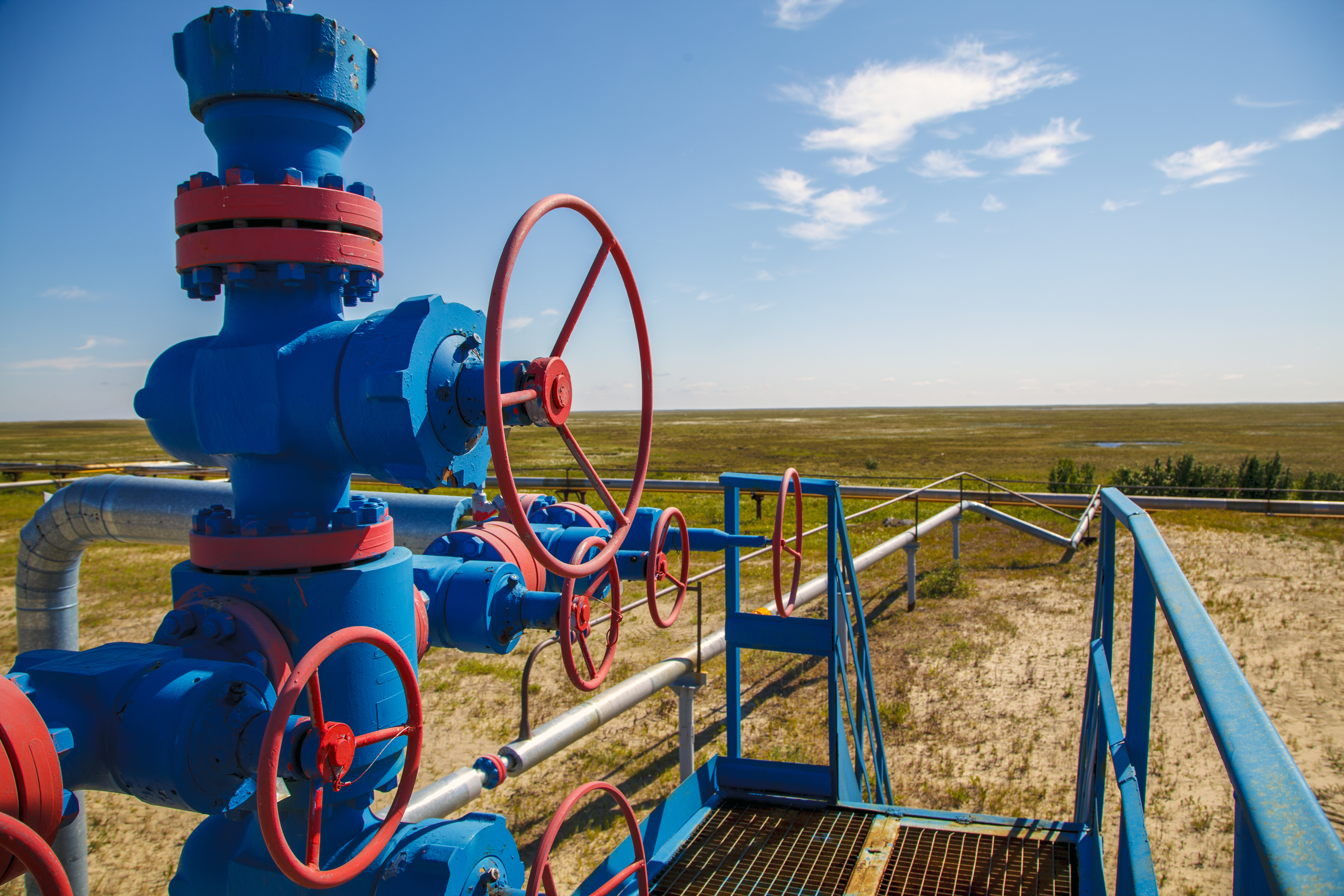
The U.S. Energy Information Administration reports the annual production of natural gas from oil wells declined in the Anadarko Basin and four other major crude oil producing regions last year. It was the first such drop since 2016.
The EIA reported the share of associated gas in the Anadarko, Permian, Bakken, Eagle Ford and Niobrara declined by 1.5% year over year and averaged 37.7% of natural gas production in the regions. Associated gas production averaged 14.2 billion cubic feet per day (Bcf/d) in 2020 (a 4.1% decline from 2019) amid a 9.2% drop in oil production in these regions.
The EIA reported:
When natural gas dissolves in crude oil under the pressure of a rock formation, associated gas is released when the pressure on the crude oil is relieved by bringing it to the surface. Until 2020, the share of associated gas in these five regions, along with oil production, had been increasing. Between 2016 and 2019, associated gas production grew at its most rapid pace (6.1 Bcf/d) because of high levels of new crude oil production. Production of both crude oil and associated gas in 2020 declined with decreased demand for crude oil following responses to the COVID-19 pandemic.
Note: EIA designates wells as either oil or natural gas wells based on a gas-oil ratio (GOR) of 6,000 cubic feet (cf) of natural gas to 1 barrel (b) of oil (cf/b) for each year’s production. We classify GOR equal to or less than 6,000 cf/b as oil wells and GOR greater than 6,000 cf/b as natural gas wells. Natural gas volumes have been converted to the federal pressure base of 14.73 pound-force per square inch.
In 2020, the Permian region, which spans parts of western Texas and eastern New Mexico, produced 50% of total U.S. associated gas. Only the Permian region increased its production of both crude oil and associated gas in 2020, but these increases did not offset declines in both crude oil and associated gas production in the other four regions. Some of this increase in associated gas production can be attributed to greater natural gas takeaway capacity in the Permian region.
Associated gas contains natural gas plant liquids (NGPLs) such as ethane, propane, normal butane, isobutane, and natural gasoline. NGPLs are used as feedstocks to produce plastics, fibers, and other products; they are also used for heating and for transportation. Despite the 2020 decline in associated gas, years of rising associated gas production led to record high volumes of NGPL production in 2020, driven by high ethane demand. Ethane consumption has been growing steadily both domestically and through exports since 2014.
Source: EIA release







